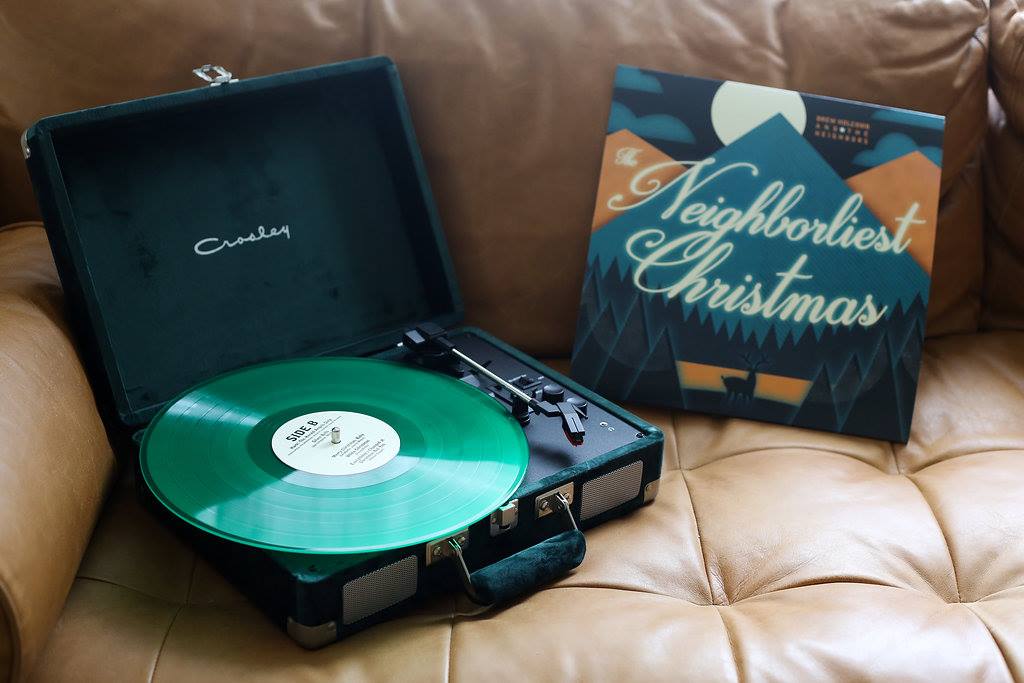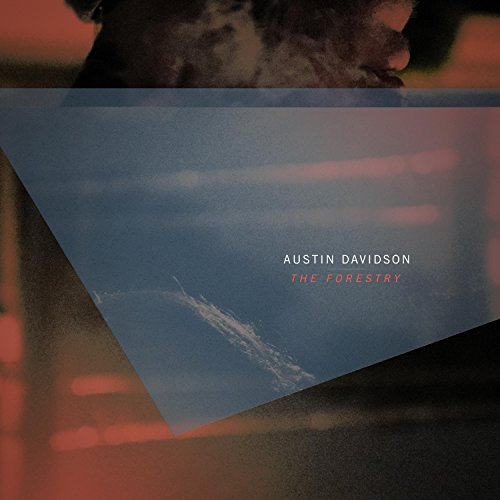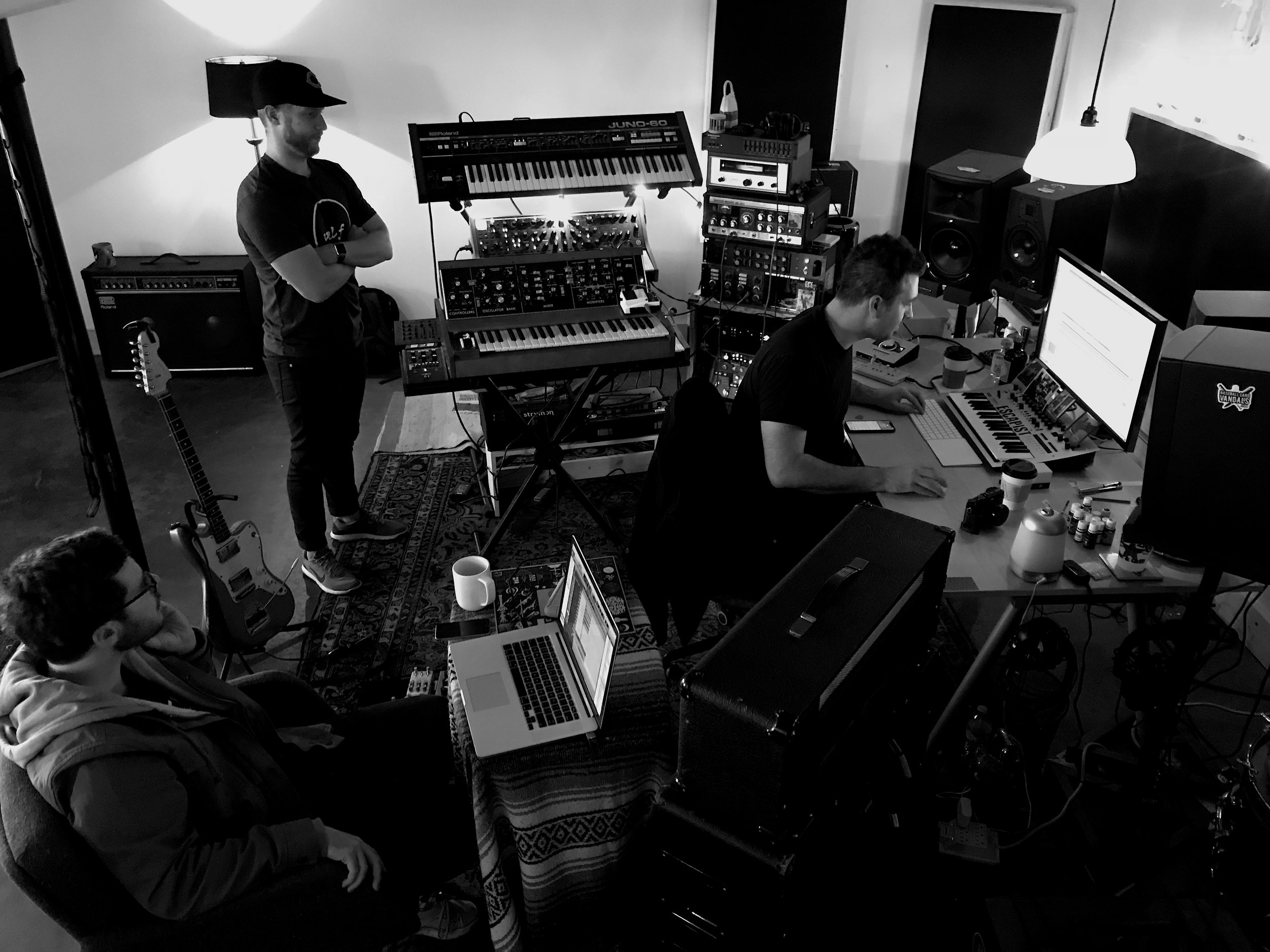Did you know that 80% of New Year's resolutions are given up on by February, and that only 8% of them survive the entire year?
I have resolved to connect more often and more deeply with my family, friends, peers, and clients this year. One way I'd like to do that is by sending a few of these little update emails. I plan on sending seven or eight of them over the course of the year. Click here to get those via email.
I have never really done New Year's resolutions before, so wish me luck.
Recent Releases
It is always extremely rewarding when music is finally released after weeks and months of work. "The Forestry" was, in fact, made over two years. I played a different role in all of these, but all three have come out in the last month or so and I'm proud of all of them! Check them out and support these artists!
Studio Update
As you may know, my friend Brandon Owens and I are moving in to a new studio together soon. The studio is being built behind my house and it's coming along so well. Brandon is a talented producer/engineer who has worked with Mutemath, Elenowen, Bantug, and an impossibly long list of other great artists.
Here are a few photos showing the progress so far. We are hoping to be done by the end of February.
By the way, when I say "we" I really mean designers and contractors Sean Neff and Nic Teasley. They are superstars; Google them. If you need a studio, hire them.
The studio build is teaching me to have optimism and patience. I am also learning that Alyssa has both of those qualities in massive amounts and I admire her for it.
We are going to throw a big party when it's done so stay tuned for details.
Coming Soon
There are at least three projects releasing in the next few weeks that I produced. I really, really wish that I could post some audio of those projects because they are some of the best work I have done so far.
I have been taking on a lot of producing/mixing work lately that is pushing me creatively into new genres, and I have been loving it. There is something tremendously fun about stepping out into previously unknown territory. At times it has felt terrifying, but the risks continue to pay off in reward.
I hope that you are keeping the promises you made to yourself nineteen days ago, and I hope our paths cross soon.
TD
Austin and I looking on as Nathan (Meaning Machine) creates magic on the upcoming Holy Frontier EP.









